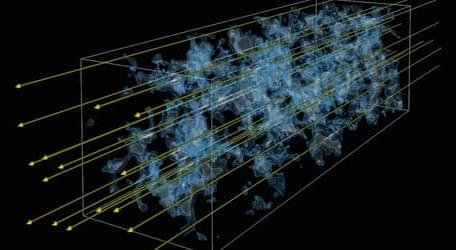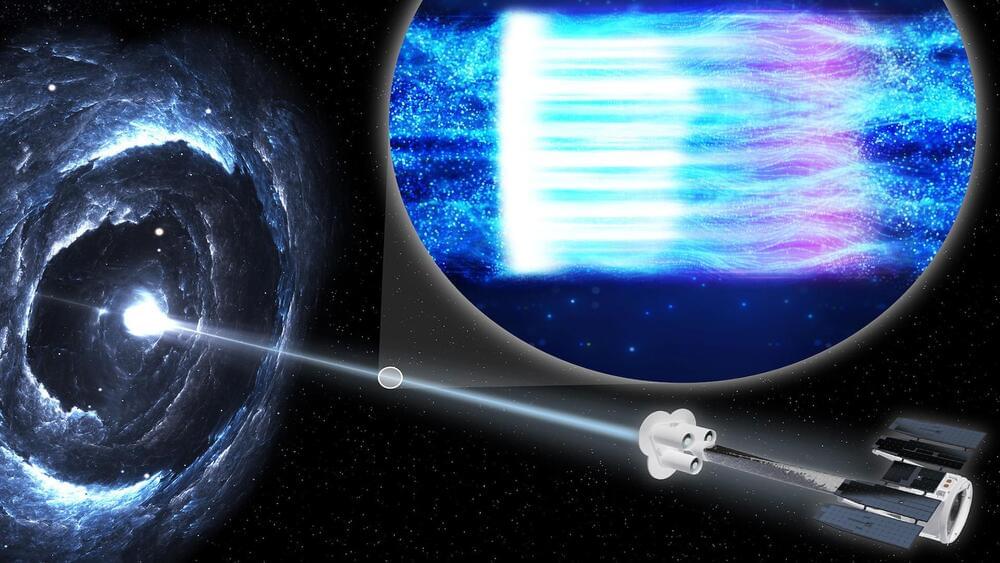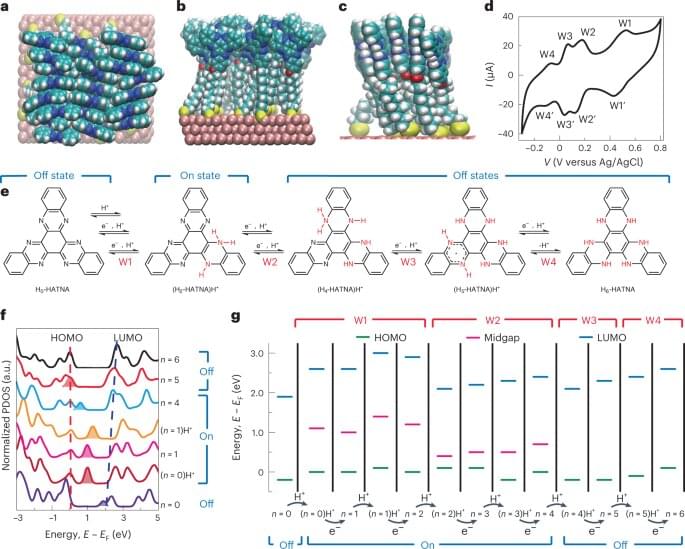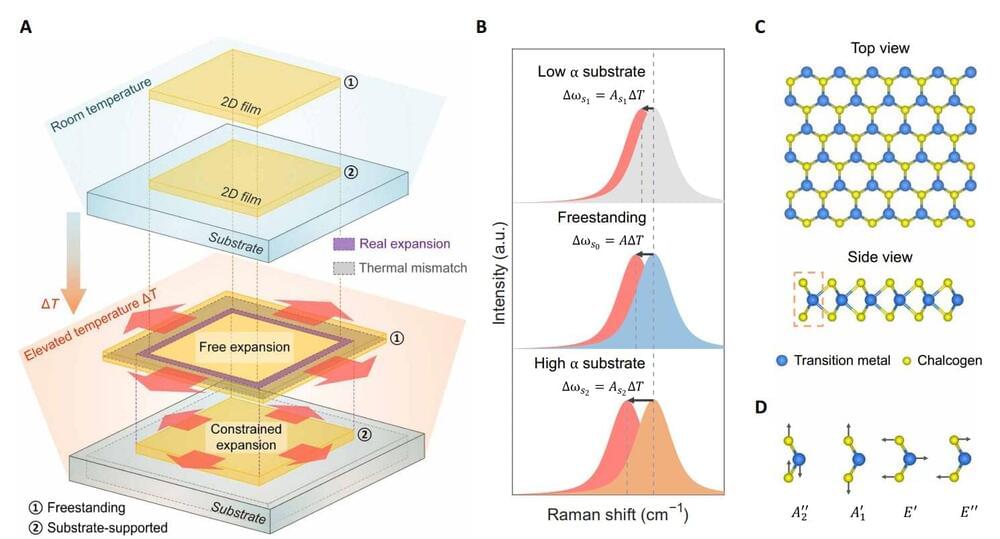
Spectra from quasars suggest that intergalactic gas may have been heated by a form of dark matter called dark photons.
Dense gas clouds across the Universe absorb light from distant quasars, producing absorption lines in the quasar spectra. A new study shows that the larger-than-predicted widths of these lines from nearby gas clouds could result from a form of dark matter called dark photons [1]. These particles could heat the clouds, leading to a widening of the absorption lines. Other explanations of the broadening—based on more conventional heating sources—have been proposed, but if the dark-photon mechanism is at work, it might also cause heating in low-density clouds from earlier epochs of the Universe. Researchers are already planning to test this prediction.
When viewing the spectrum of a distant quasar, astronomers often observe absorption lines coming from the intervening clouds of gas. The most prominent absorption line is the Lyman-alpha line of hydrogen. Indeed, some quasar spectra have a “forest” of Lyman-alpha lines, with each coming from a cloud at a different distance from our Galaxy (or different epochs). By examining the widths, depths, and other details of the line shapes, researchers can extract information about the density, the temperature, and other features of the clouds. This information can be compared with the results of cosmological simulations that try to reproduce the clumping of matter into galaxies and other large-scale structures.
















